Get ready for the first edition of Han and Friends, which is a science, technology, engineering, and mathematics (STEM) lecture series.
Approximately once a month, Beijing-based scientist Dr. Hu Han (胡晗) will be inviting a speaker to give a fun and educational talk on a vast range of topics.
To launch the new series, there will be two talks this week at the new hutong café and bar, Long Talk, from two successful paleontologists: Dr. Guillermo Navalón and Dr. Jingmai O’Connor.
We asked Dr. Hu, Dr. Navalón, and Dr. O’Connor some silly questions about paleontology to introduce this entertaining and informative new event.
Dr. Hu Han
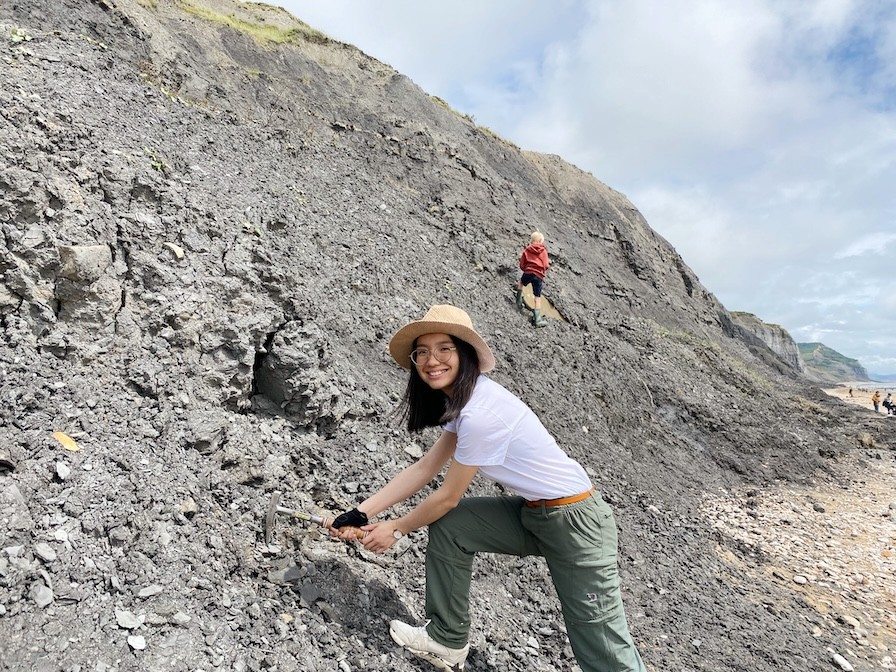
Dr. Hu in the field. Image courtesy of Dr. Hu
Dr. Hu Han is a Chinese paleontologist and is currently a professor at the Institute of Vertebrate Paleontology and Paleoanthropology (IVPP), Chinese Academy of Sciences in Beijing.
She earned her PhD from the IVPP and then moved to Australia for her first postdoctoral fellowship.
Dr. Hu then went to work at the University of Oxford as a Marie Curie Fellow, before moving back to China.

Image courtesy of Dr. Hu
Her current research mainly focuses on vertebrate functional morphology and the early evolution of birds.
She is dedicated to applying high-resolution 3D scanning, 3D quantitative analyses, and other innovative methods to China’s rich fossil record in order to trace the evolutionary history of key vertebrate groups, especially the ecological adaptations before and after the origin of birds.
What is the most dinosaur-like bird alive today?
I would say it is the cassowary. It looks strikingly prehistoric and powerful.
Its muscular legs and large feet with claws evoke the predatory feet of its dinosaur ancestors.
The prominent bony casque on its head also looks dinosaur-like, as well as its deep, booming vocalizations and territorial behavior.
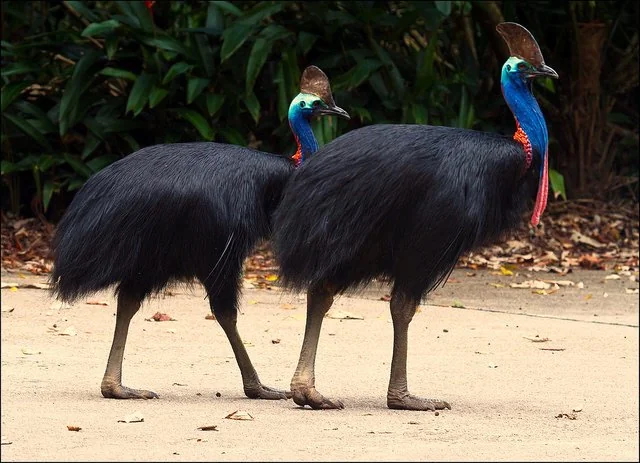
Cassowaries. Image via AI
Do you think birds have any behavioral memories of the trauma of mass extinction that have been passed down through epigenetics?
It’s hard to say for sure, but maybe birds remember the K–Pg extinction event the way we remember childhood trauma.
Before that catastrophic event, the sister group of modern birds—the Enantiornithes—was quite diverse and abundant, yet they were completely wiped off the Earth.
On the other hand, modern birds might also 'remember' the extinction in a more positive light, as the disappearance of their competitors ultimately cleared the way for them to flourish and dominate a broad range of ecological niches.
Dr. Guillermo Navalón
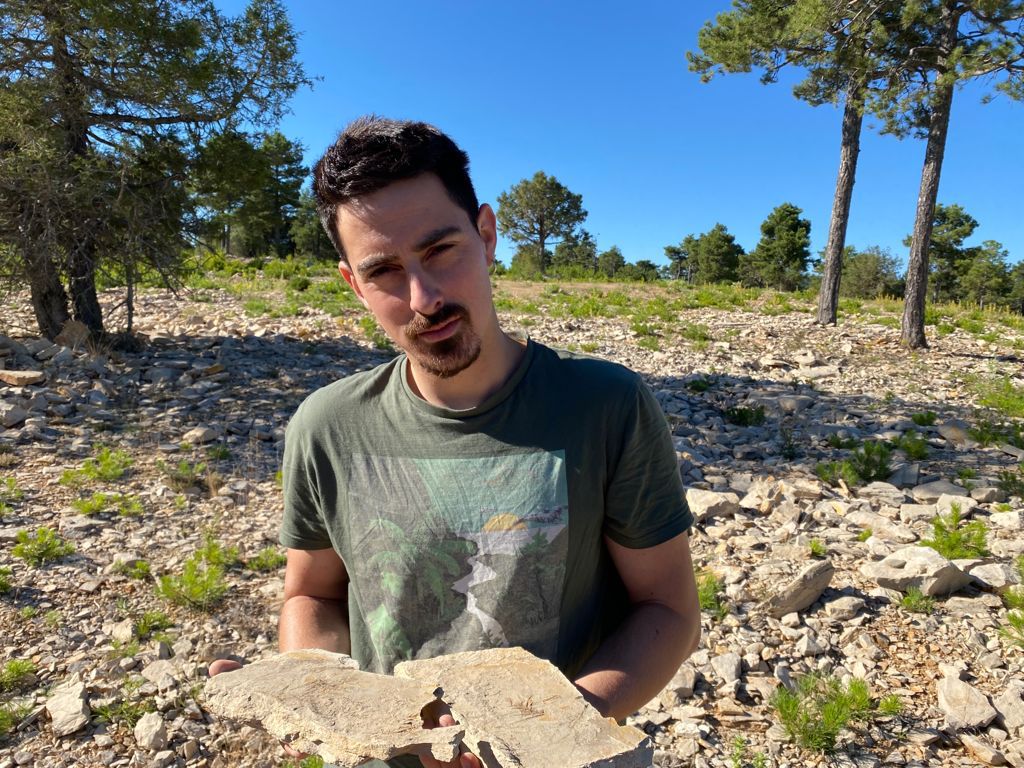
Dr. Navalón with bird fossils. Image courtesy of Dr. Navalón
Dr. Guillermo Navalón is a bird paleontologist and evolutionary biologist from Madrid. He has spent the last 12 years training and doing research at different institutions in the United Kingdom.
His research mainly focuses on avian macroevolution, but he also has broader interests relating to the evolution of organismal form, which is the study of why animals are shaped the way they are.
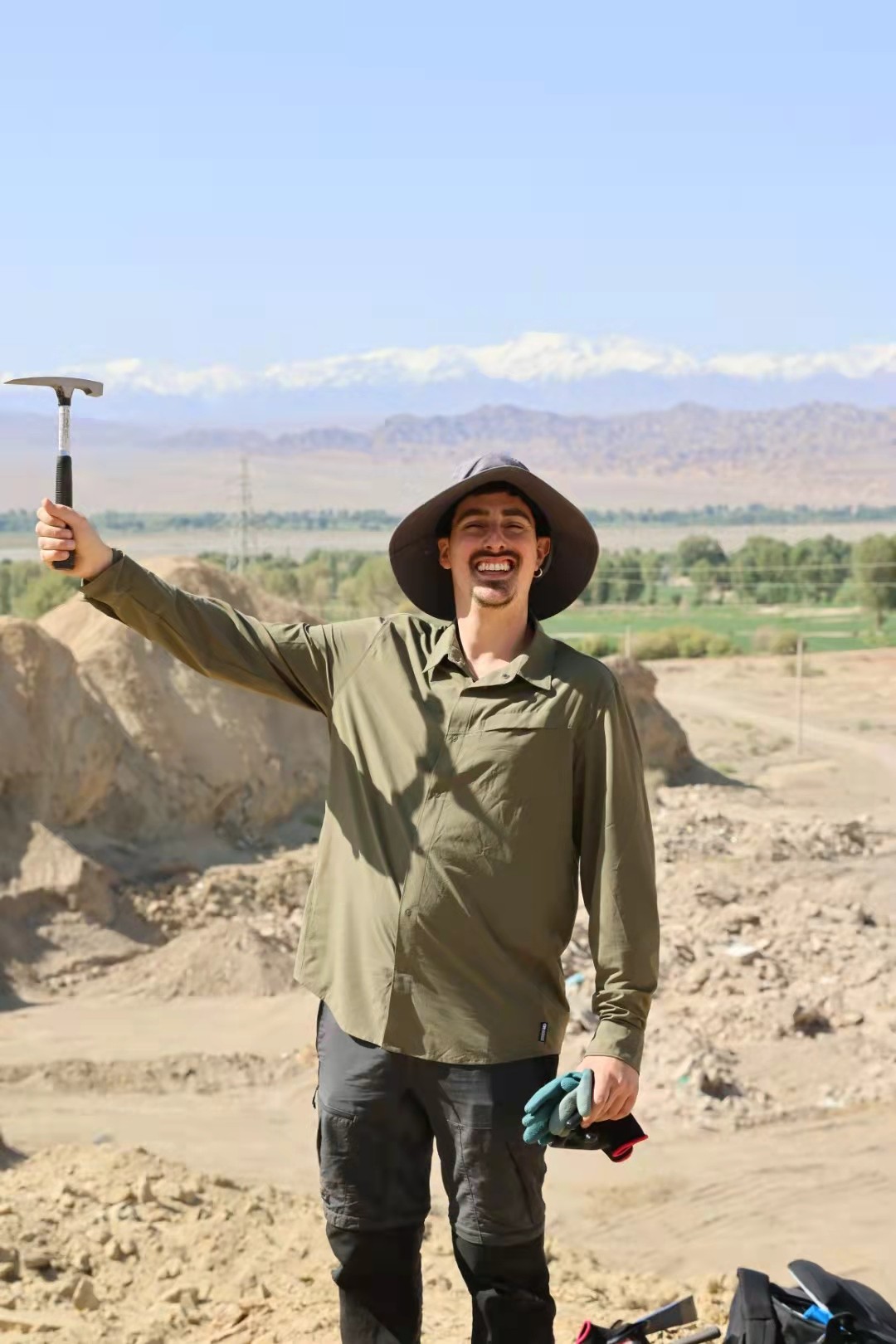
Image courtesy of Dr. Navalón
If Jurassic Park happened only with modern birds, could they still defeat Jeff Goldblum?
Definitely!
I think some people complain too much about how feathers had ruined their favorite dinosaur, but it is quite unjustified in my opinion.
Have any of these people ever seen a large predatory bird close up? They are terrifying.
For instance, there are reported cases of harpy eagles attacking humans, and cassowaries have literally killed people.
Considering how many predatory dinosaurs were significantly larger than most living birds, that’s a formidable animal you are dealing with.
A chicken the size of a tiger will admittedly be a little less terrifying than that, but it still will be able to kill you (or Jeff Goldblum, despite his undeniable sex appeal and wits).
Would you rather fight one Archaeopteryx-sized duck or 100 duck-sized Archaeopteryxes?
This one is easy–I would rather fight one Archaeopteryx-sized duck because Archaeopteryx would have been smaller than most species of ducks alive today.
And although ducks are pretty much sexual perverts, they still do not have claws or teeth for you to deal with.
June 23, 7.30pm
Free entry
Long Talk, No.15 Yu'er Hutong, Dongcheng
Dr. Jingmai O'Connor
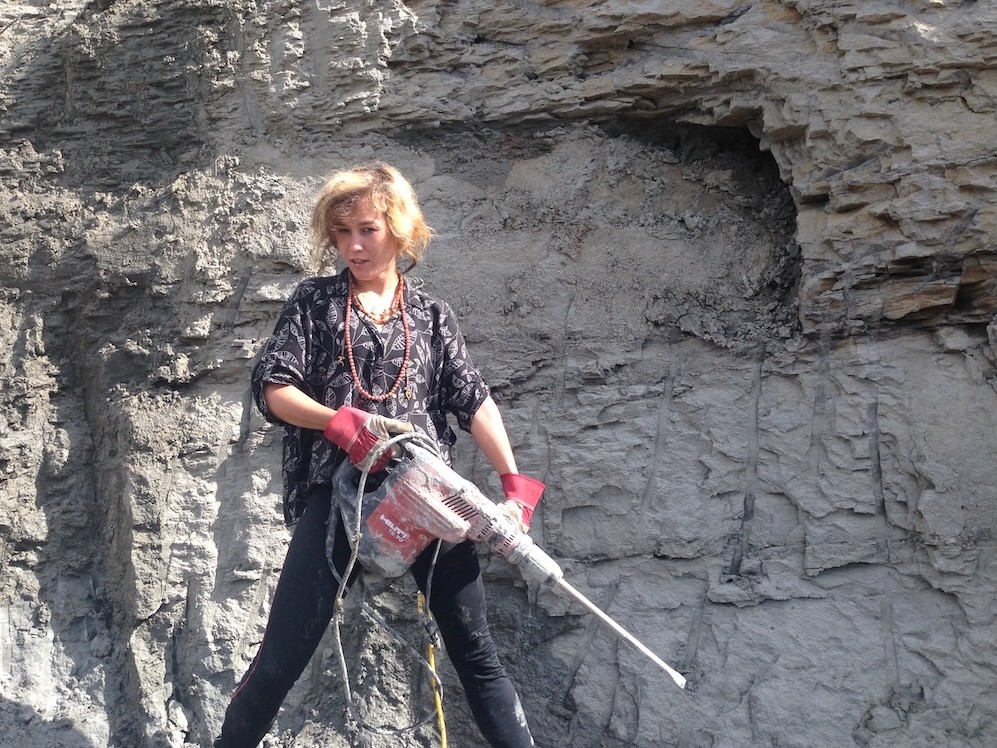
Dr.O'Connor breaking up a rock face. Image courtesy of Dr. O'Connor
Dr. Jingmai O'Connor is a vertebrate paleontologist who works as a curator at the Field Museum in Chicago.
She is one of the most successful scientists in her field, with most of her research focusing on the evolution of birds.
Dr. O'Connor was given the Charles Schuchert Award by the Paleontological Society, an award that is given annually to a person under 40 whose work reflects excellence and promise in the science of paleontology.
She has named numerous species, including one named after the lead singer of Bad Religion and another after David Attenborough.
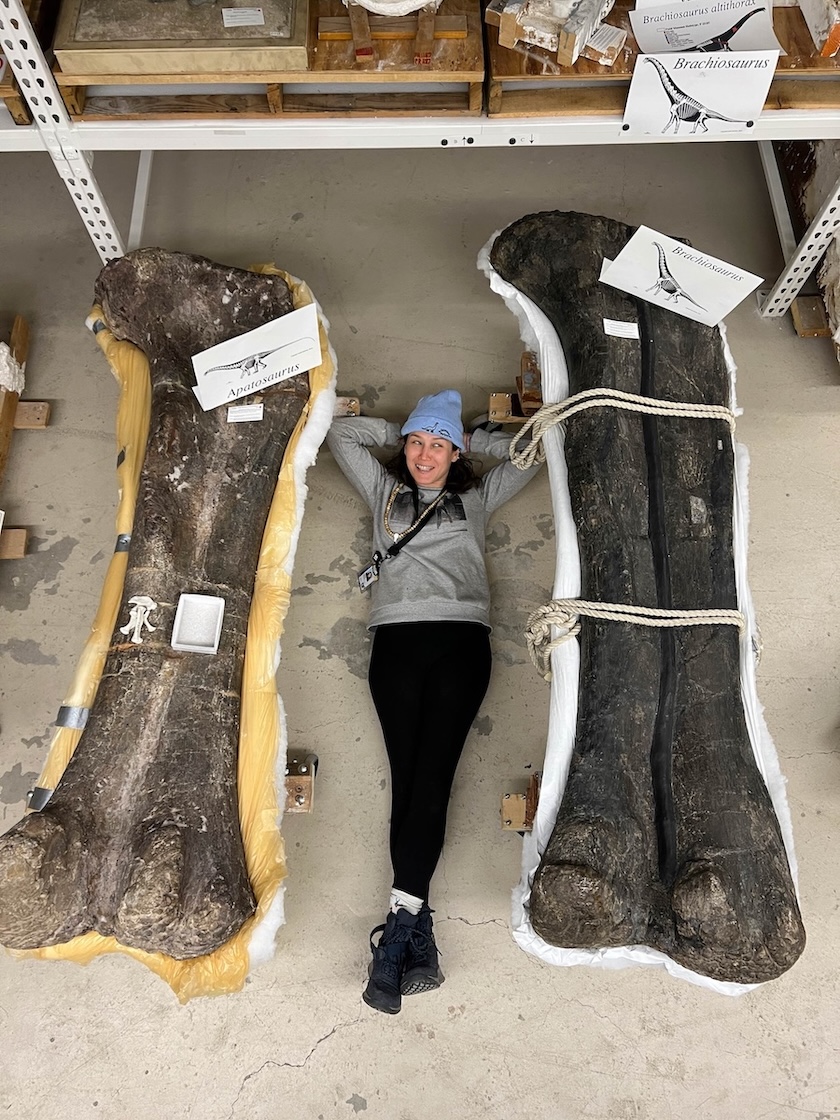
Image courtesy of Dr. O'Connor
How many feathers does it take before you stop calling it a dinosaur and start calling it a bird?
All birds are dinosaurs, but not all dinosaurs are birds.
Non-bird dinosaurs closely related to bird dinosaurs, like Velociraptor and Microraptor, were covered in feathers and had wing-like structures on their arms, and in the case of Microraptor, also on their legs, as well as feathers used for flying.
But even the first dinosaur probably had some feathers.
These earliest feathers, which we call 'protofeathers' or 'dinofuzz,' were simple structures, resembling fur.
And, like fur, they evolved for thermoregulation (staying warm) because the first dinosaur was warm-blooded.
Living dinosaurs—birds—are hot-blooded, but some dinosaurs, like Stegosaurus, secondarily evolved to be cold-blooded like crocodiles (birds closest living relatives).

Dr. O'Connor is known as the 'Punk Rock Paleontologist.' Image by Yinmai O'Connor/That's
What bird-related moment in a movie makes you physically cringe the most?
Basically, all of the Jurassic World movies make me cringe. However, the first Jurassic Park is entertaining, I'll give it that.
The thing is that dinosaurs are already really friggin’ interesting as they factually are, but in these movies the dinosaurs are much larger than they actually were, and some species are even just completely made up.
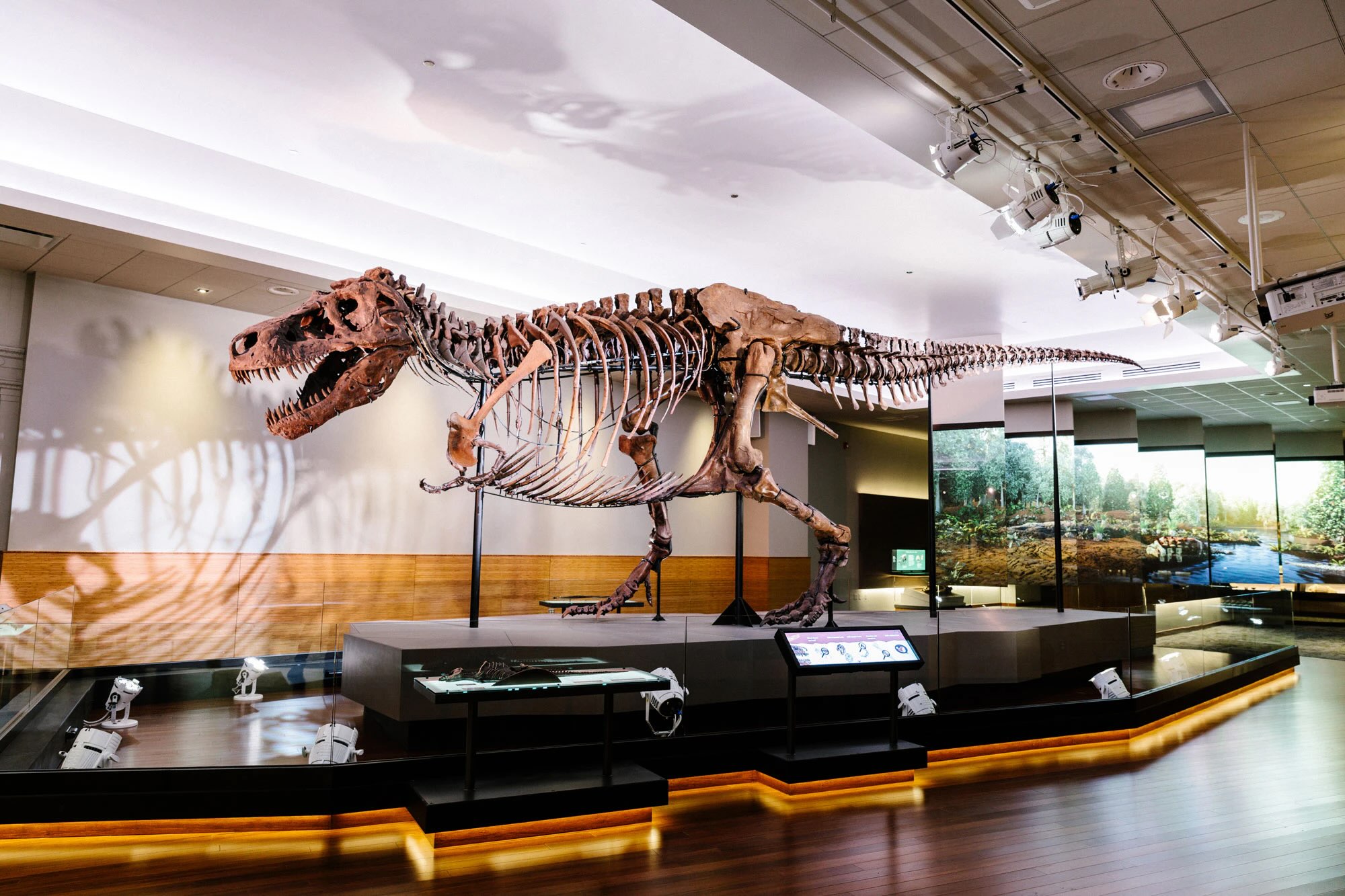
Sue the T. Rex. Image courtesy of the Chicago Field Museum
As a result, visitors are disappointed when they come to visit my museum and see Sue the T. Rex—they think it should be bigger.
I think dinosaurs don't need embellishment to be interesting, and these movies steal our appreciation for the real fossils by wildly exaggerating them.
June 25, 7.30pm
Free entry
Long Talk, No.15 Yu'er Hutong, Dongcheng
[Cover image courtesy of Dr. Jingmai O'Connor]








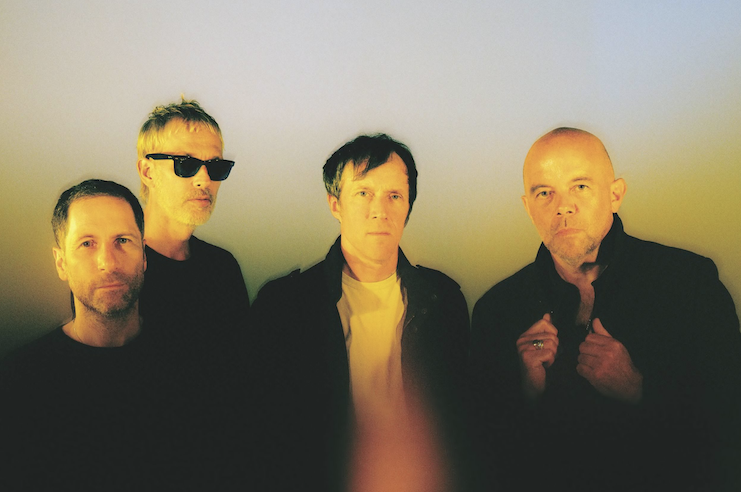














0 User Comments